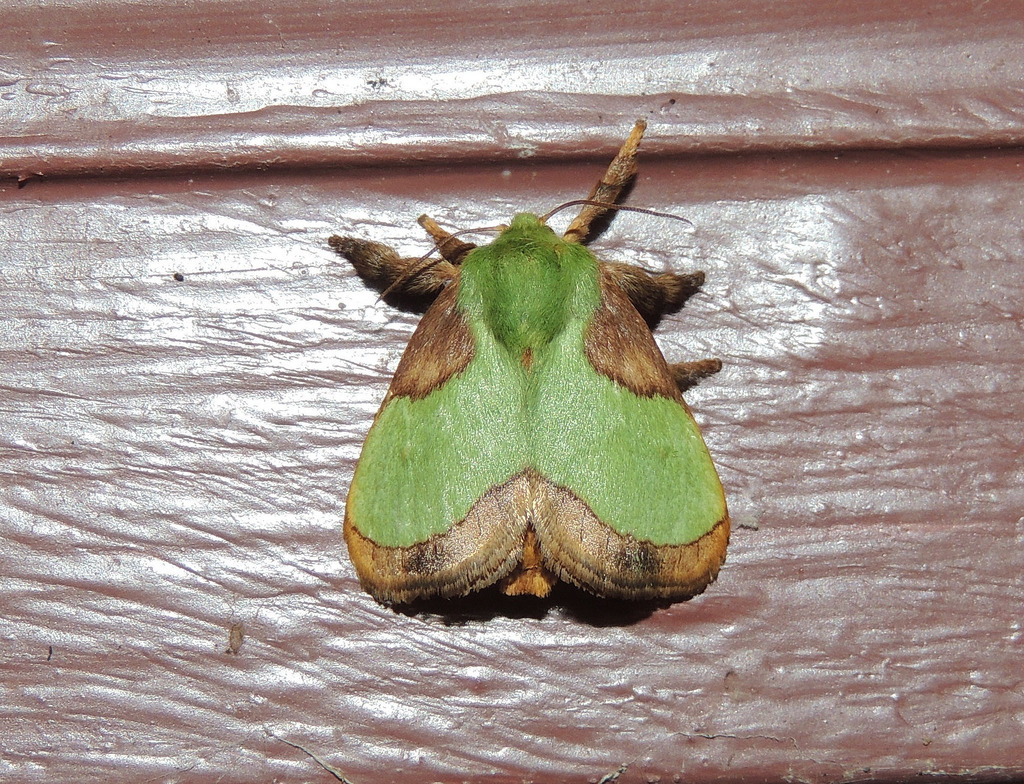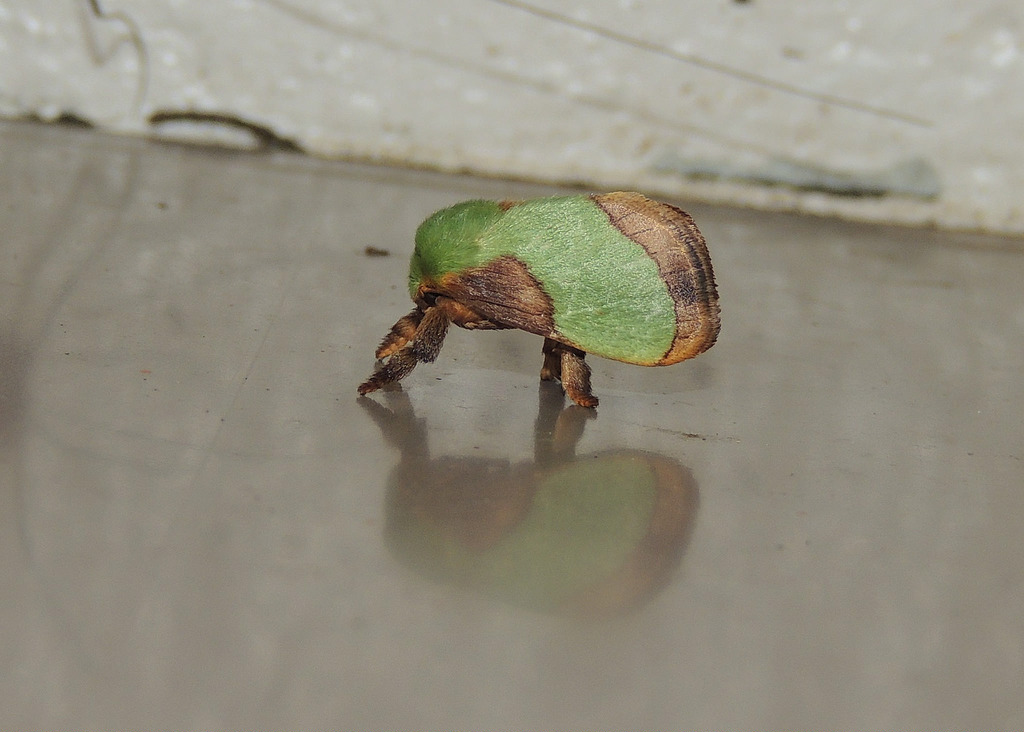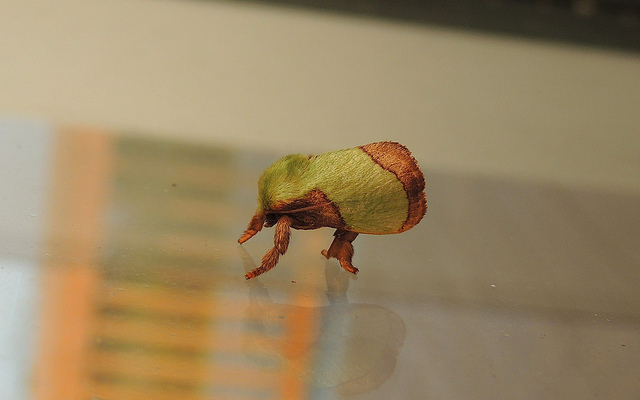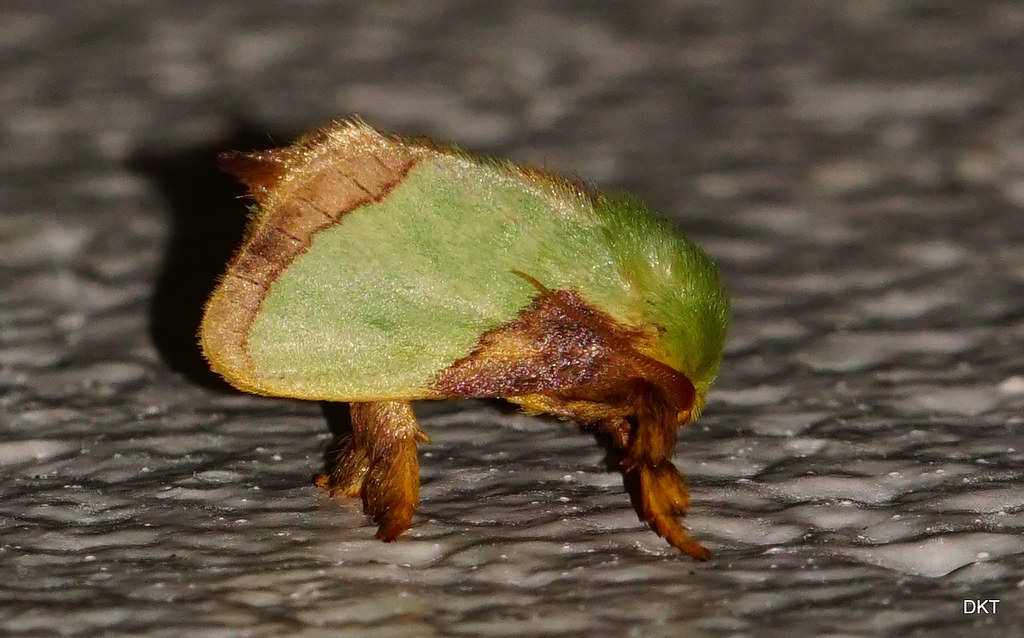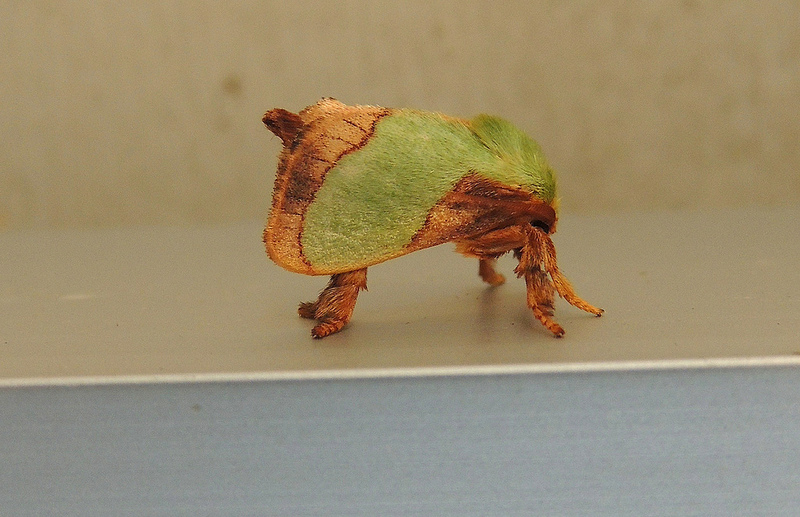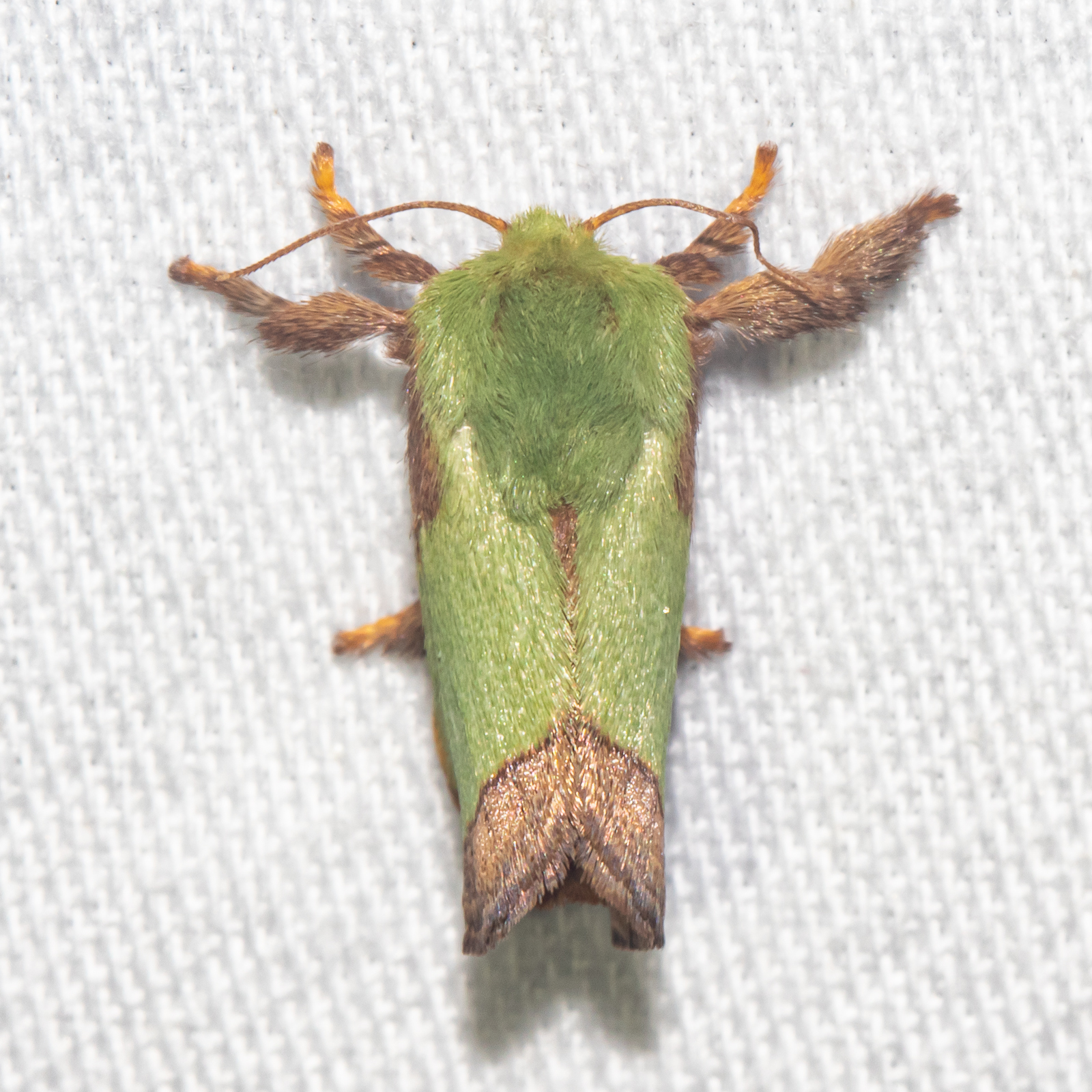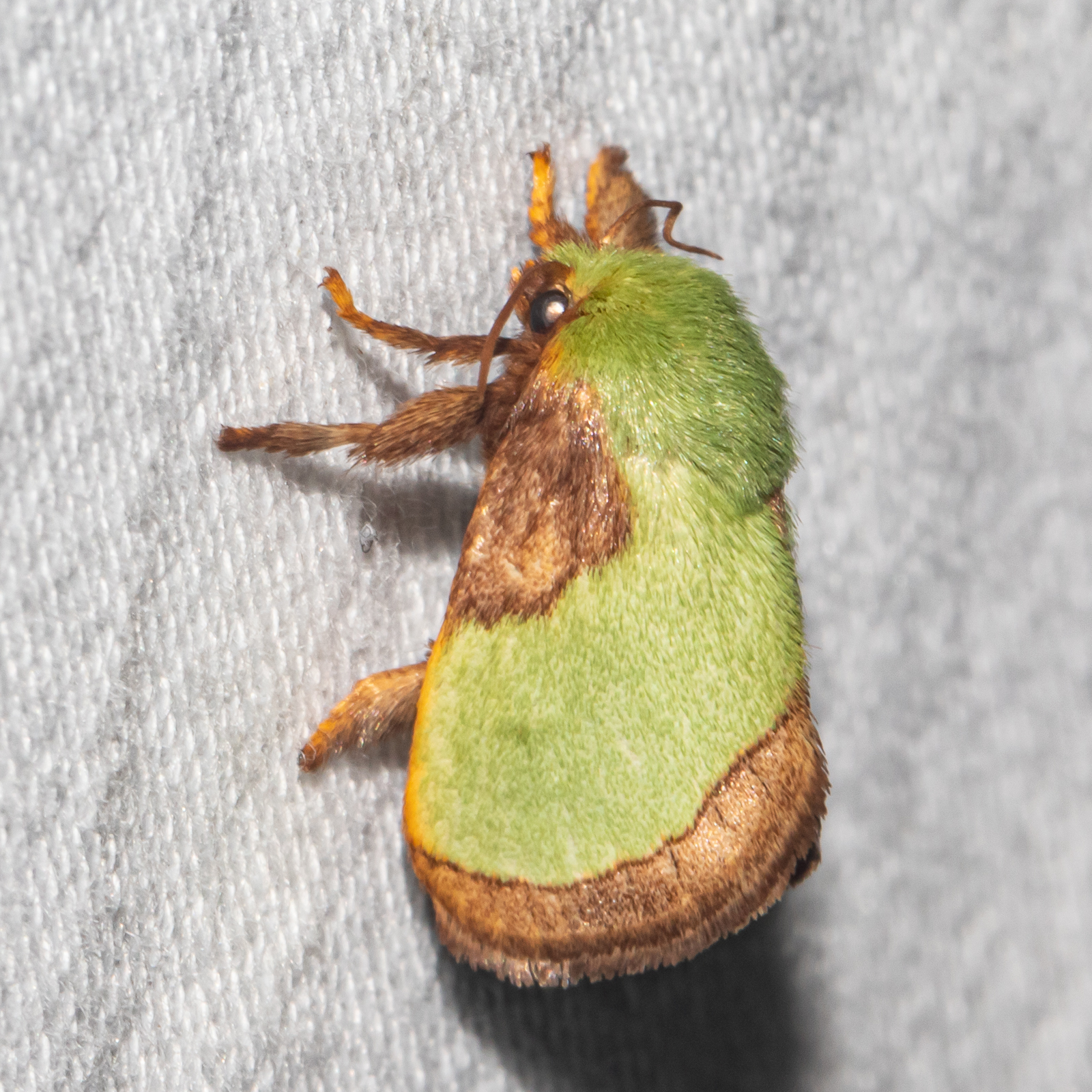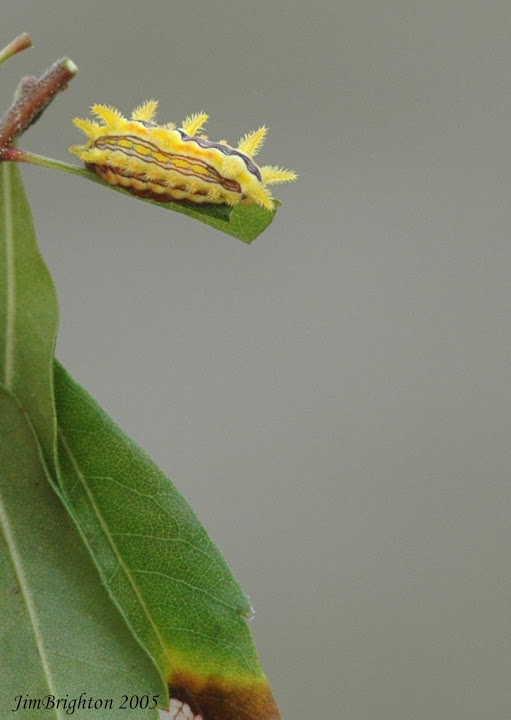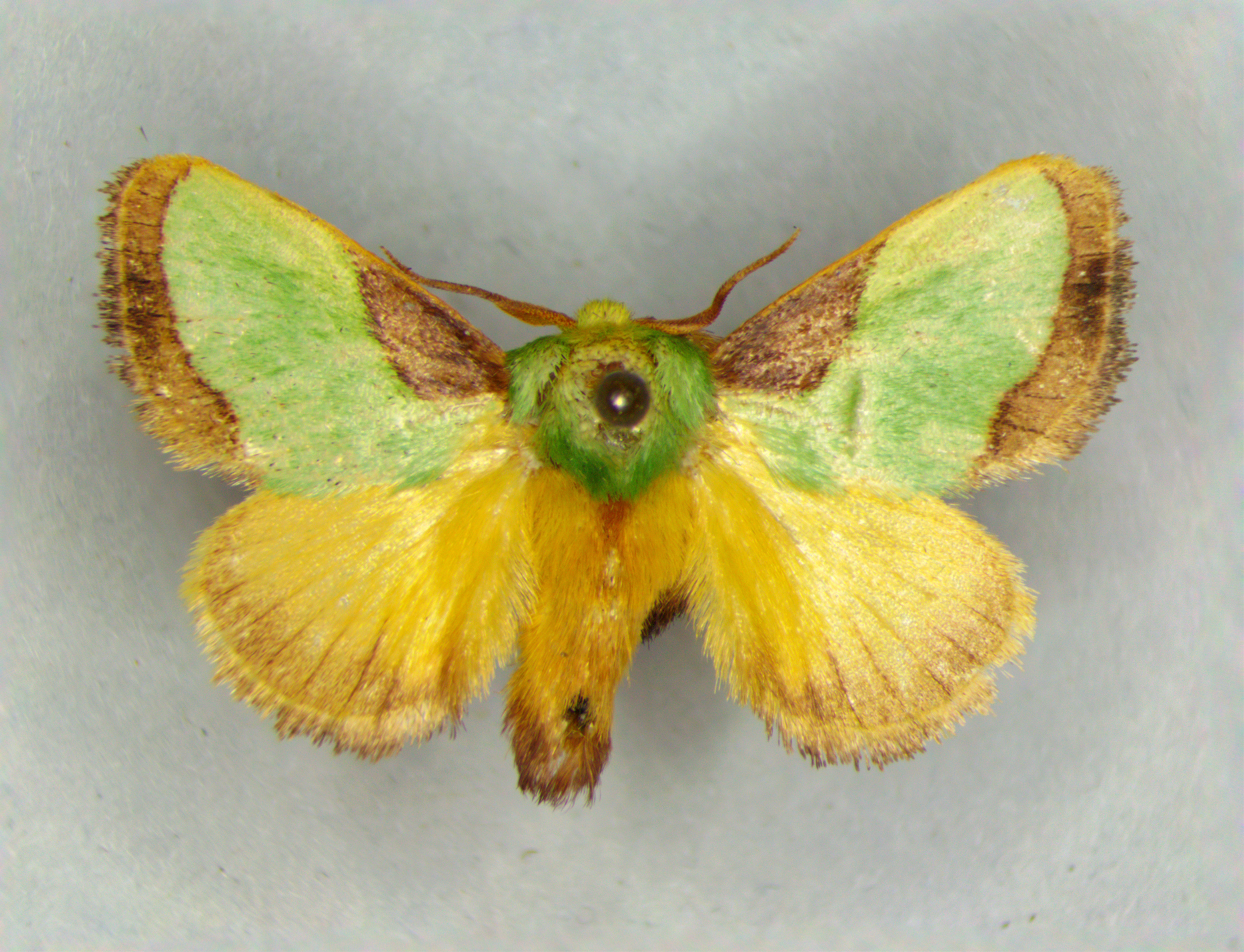Map Snapshot







45 Records
Seasonality Snapshot
Use of media featured on Maryland Biodiversity Project is only permitted with express permission of the photographer.
A Stinging Rose Caterpillar Moth in Worcester Co., Maryland (7/13/2014).
View Record Details
Media by
Scott Housten.
A Stinging Rose Caterpillar Moth in Worcester Co., Maryland (7/13/2014).
View Record Details
Media by
Scott Housten.
A Stinging Rose Caterpillar Moth in Worcester Co., Maryland (6/28/2013).
View Record Details
Media by
Scott Housten.
A Stinging Rose Caterpillar Moth in Worcester Co., Maryland (7/15/2013).
View Record Details
Media by
Scott Housten.
A Stinging Rose Caterpillar Moth in Worcester Co., Maryland (6/11/2019).
View Record Details
Media by
Daniel Taylor.
A Stinging Rose Caterpillar Moth in Worcester Co., Maryland (7/19/2013).
View Record Details
Media by
Scott Housten.
Stinging Rose Caterpillar Moth in Anne Arundel Co., Maryland (7/4/2020). (c) Timothy Reichard, all rights reserved.
View Record Details
Media by
Timothy Reichard.
Stinging Rose Caterpillar Moth in Anne Arundel Co., Maryland (7/4/2020). (c) Timothy Reichard, all rights reserved.
View Record Details
Media by
Timothy Reichard.
A Stinging Rose Caterpillar Moth in Worcester Co., Maryland (10/9/2005).
View Record Details
Media by
Jim Brighton.
Stinging Rose Caterpillar Moth in Anne Arundel Co., Maryland (6/21/2024). (c) Timothy Reichard, all rights reserved.
View Record Details
Media by
Timothy Reichard.
Source: Wikipedia
| Parasa indetermina | |
|---|---|

| |
| Scientific classification | |
| Domain: | Eukaryota |
| Kingdom: | Animalia |
| Phylum: | Arthropoda |
| Class: | Insecta |
| Order: | Lepidoptera |
| Family: | Limacodidae |
| Genus: | Parasa |
| Species: | P. indetermina
|
| Binomial name | |
| Parasa indetermina (Boisduval, 1832)
| |
| Synonyms | |
| |
Parasa indetermina, the stinging rose moth, is a moth of the family Limacodidae. It is found in the United States from New York to Florida, west to Missouri, Texas, and Oklahoma.

The wingspan is 23–30 mm. Adults are on wing from June to July.
The larvae feed on apple, dogwood, hickory, maple, oak, poplar, and rose bushes.[1] and possess numerous urticating hairs, from which they derive their common name.
References
[edit]
